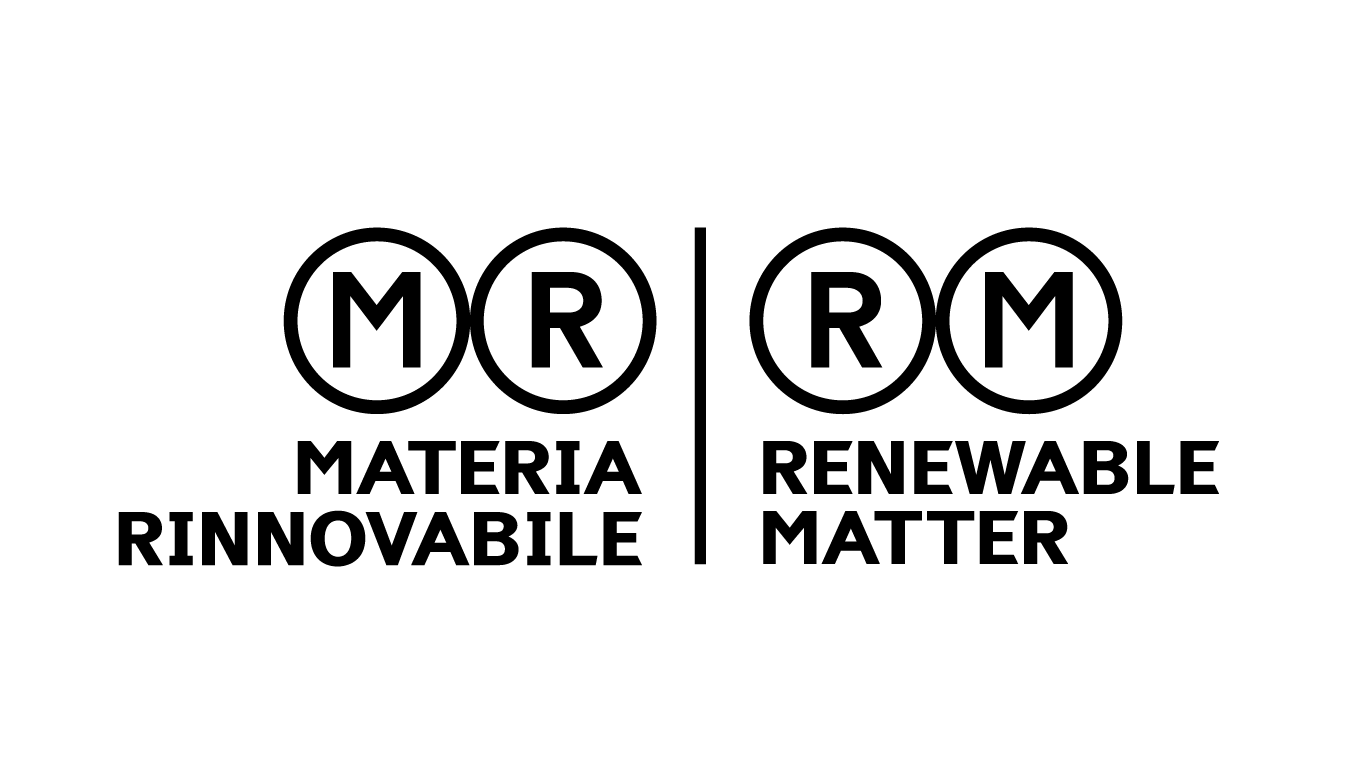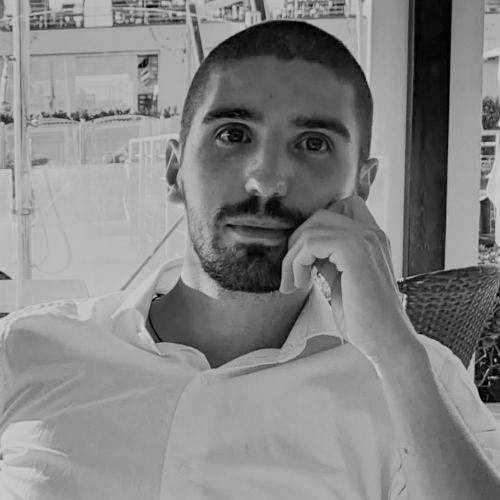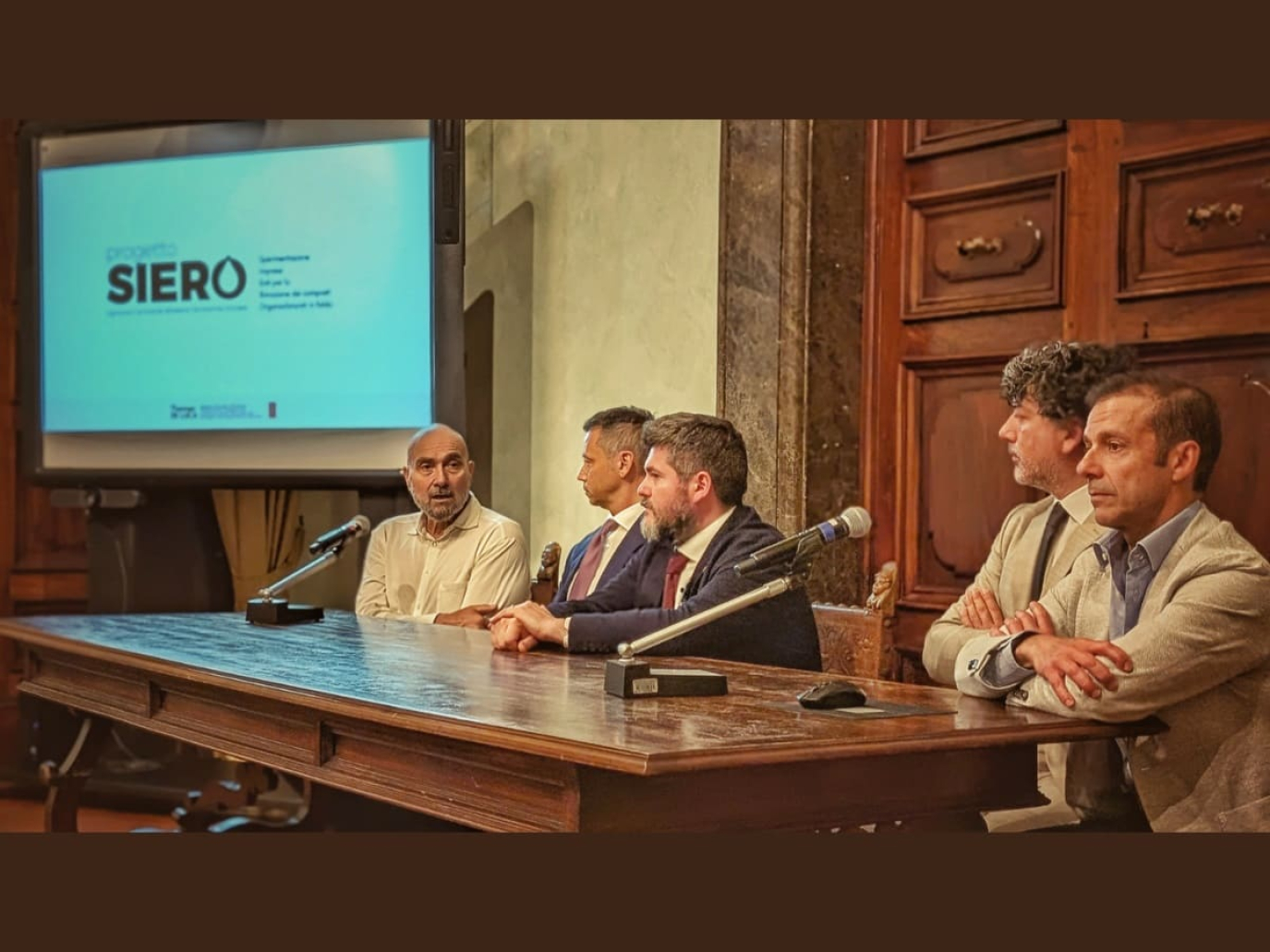This article is also available in Italian / Questo articolo è disponibile anche in italiano
In early June, the Umbria region and ARPA Umbria, along with Ramboll Italy and the Grifo Agroalimentare Group, signed an agreement to launch a pilot project aimed at remediating groundwater contaminated with organochlorines, toxic substances that are difficult to eliminate. At the heart of the 12-month initiative is the circular use of whey, a byproduct of the dairy industry, which will be utilized for water remediation.
The area chosen for the experiment is located in Balanzano, in the municipality of Perugia, where an industrial well owned by Grifo Agroalimentare (specifically, number P41) was found to be contaminated with tetrachloroethylene, with concentrations over 500 times the threshold value (610 µg/l compared to the legal limit of 1.1 µg/l). A situation that is forcing the company to use water from the public network, resulting in high costs.
However, Grifo Agroalimentare will also provide the whey to be used in the treatment. According to a statement from the company, the monitoring will be handled by ARPA Umbria, building on a previous study conducted with the University of Milan, which has already identified widespread contamination from chlorinated solvents in the region’s alluvial aquifers.
A circular alternative for the remediation of organochlorides
Organochlorinated solvents, used for decades in industrial processes for degreasing and cleaning metals, leather, and fabrics, are now among the main causes of groundwater contamination in many production areas. As part of the SIERO project, the engineering and environmental consulting firm Ramboll will provide pro bono technical support during this initial phase, to assess the feasibility of a large-scale remediation. At the heart of the treatment is the application of Enhanced Reductive Dechlorination (ERD) technology, which uses whey as an organic substrate to stimulate the biological degradation of contaminants.
“The real novelty of the project lies not so much in the technological aspect, as we have already successfully experimented with remediation interventions by injecting whey into the subsoil,” Andrea Campioni, Country Market Director of Ramboll Italy, tells Renewable Matter. “The specificity lies in the desire to find economically accessible solutions that employ low-quality or even waste materials. Whey, for example, can be reused in some biogas production plants. However, in many regions, this by-product is just treated as waste. Yet, it remains a valuable material that required resources to produce but can be reused to benefit the community. The real challenge, especially in large-scale projects like [the one involving the Grifolatte plant], which covers an area of several square kilometres, is to understand how such an intervention can be carried out at sustainable costs and in areas with numerous stakeholders.”
The principles of whey remediation
The SIERO project is part of the regional policies supporting the circular economy and the remediation of contaminated sites, with a special focus on bio-based and low environmental impact interventions, as also envisaged by the Testo Unico Ambientale (Legislative Decree 152/06)
In fact, there are numerous alternatives for the remediation of contaminated sites. However, Campioni adds, “For about fifteen years now, I have been very happy with this type of technology. There is a significant number of sites contaminated with chlorinated solvents, which are organic compounds that are highly resistant to degradation. However, in reducing environments, they decompose much more quickly than in oxidizing conditions.”
Since groundwater is often in oxidizing conditions, meaning they contain a lot of dissolved oxygen, the approach involves its removal. This is achieved by introducing a source of organic matter into the subsoil, which bacteria utilize in their metabolism. “Under these new conditions, bacteria that specialize in breaking down organochlorine molecules develop. The result is a technology that is not only highly effective, but also surprisingly cheap: in some cases, costs can be an order of magnitude lower than other solutions.”
Alternative technologies include soil heating. “This technique leverages the volatile nature of many organic substances,” adds Campioni. “By inserting electrical resistors into the ground and applying a potential difference, the soil can be heated up to several hundred degrees. Under these conditions, contaminants tend to volatilize more easily than they would under normal environmental conditions. This technology is especially useful when time is of the essence, making it the preferred choice for customers who need to act quickly. However, it is also extremely energy-intensive […]. In a country like Italy, where energy costs are high, this solution can be very expensive.”
A replicable model, towards COP30
The SIERO project is already aiming to attract attention far beyond regional borders. “The project will last 12 months, is cost-free for the region, and will be integrated into the policies for the new law on the circular economy and sustainable remediation. The technology, already validated by preliminary investigations, could be presented at COP30 as an example of bio-based innovation for the environment. Thanks to ARPA, Grifolatte and Ramboll for starting a path that the region intends to make systemic,” wrote Thomas De Luca, councillor for the environment and energy of the Umbria region, on Facebook.
“It’s one of the first projects we want to implement, fostering innovation and research - as well as training, especially with the ITS Academy among our partners - which will have a sustainable economic impact for both the public and private sectors. A driving force for economic, social, and scientific development,” added Alfonso Morelli, General Manager of ARPA Umbria.
The hope, in short, is that this first test can become a replicable model. Starting from a simple idea: give value back to what is discarded, returning compromised resources to the community. Locally.
Cover: the project presentation event



